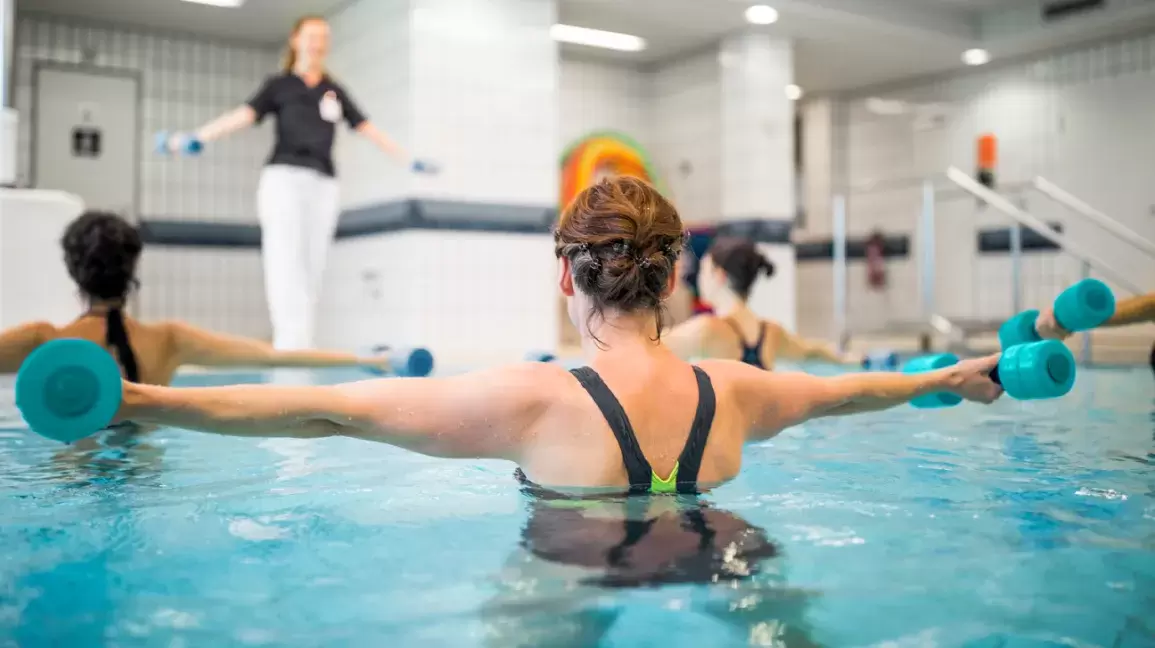As with other exercises, swimming makes you feel good by producing endorphins. Finally, swimming can help diabetics tone their body; they will lose calories and lose weight, help lower cholesterol and blood pressure, and in the process of becoming fit, help to control their weight. All these are very good reasons to try swimming when someone has diabetes. Being in the water is also calming mentally and physically which can help diabetics more easily cope with the stresses associated with their medical condition.
The incidence of diabetes is increasing dramatically in Australian society, particularly as overweight and obesity become more prevalent. Swimming in a heated indoor pool, available for use in a variety of weather conditions from hot and/or humid, to cold and/or rainy and/or windy and all weathers in between is so convenient and practical, to ameliorate diabetes caused by those conditions. Convenience and practicality are major facilitators of keeping people exercising once they begin. As we age, many of us gain weight and can no longer engage in the vigorous sports that we may perhaps have enjoyed; but swimming can provide the vehicle to enable all ages to maintain optimum fitness to the maximum of their ability and health status. Improved health from swimming is an almost a fail-safe guarantee.
This article was produced by members of our committee with research from long suffering Diabetics help from Diabetes Australia & general health providers.
Authorised by: Peter McMahon Secretary PIACF Inc.



 RSS Feed
RSS Feed
